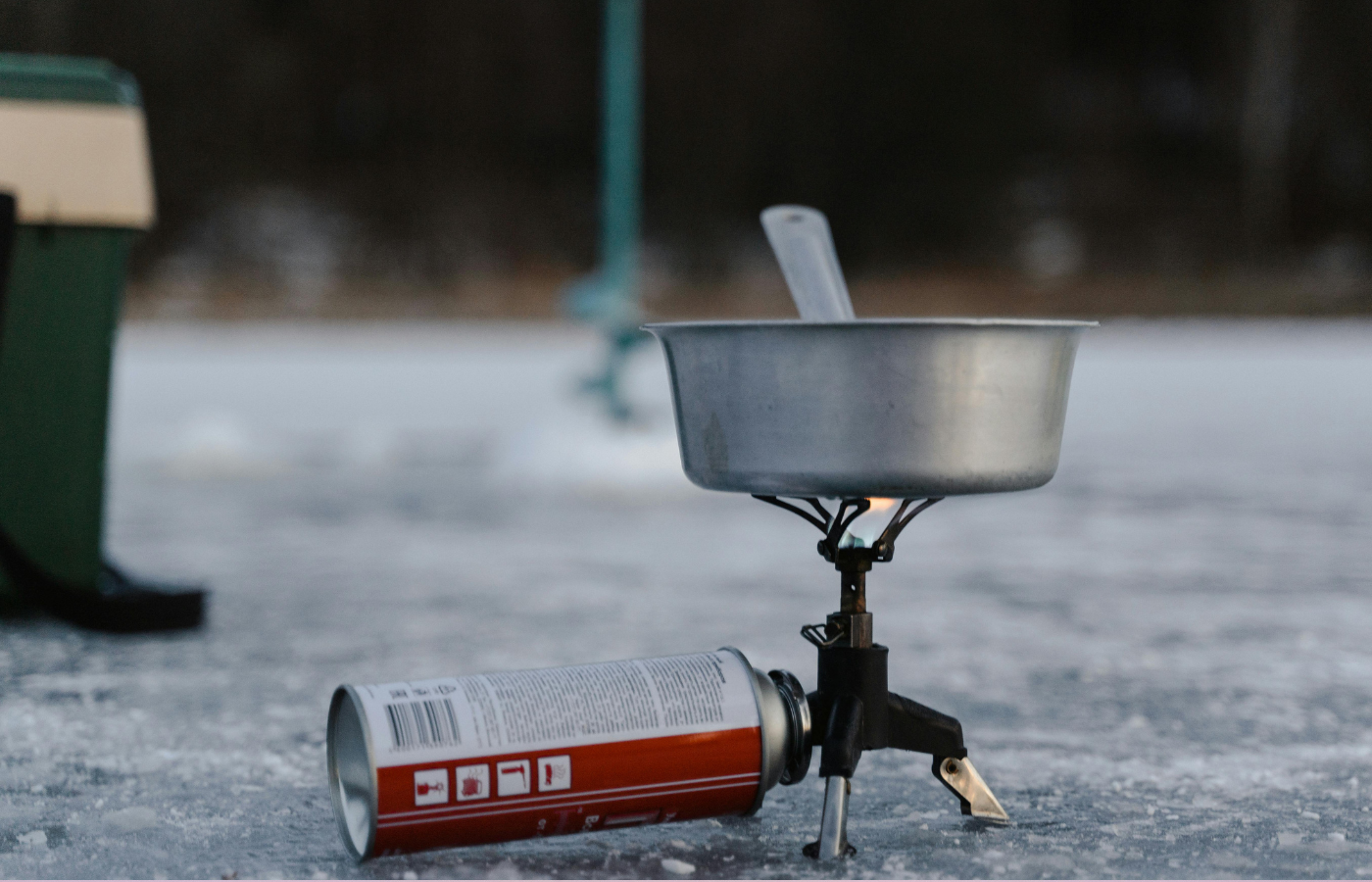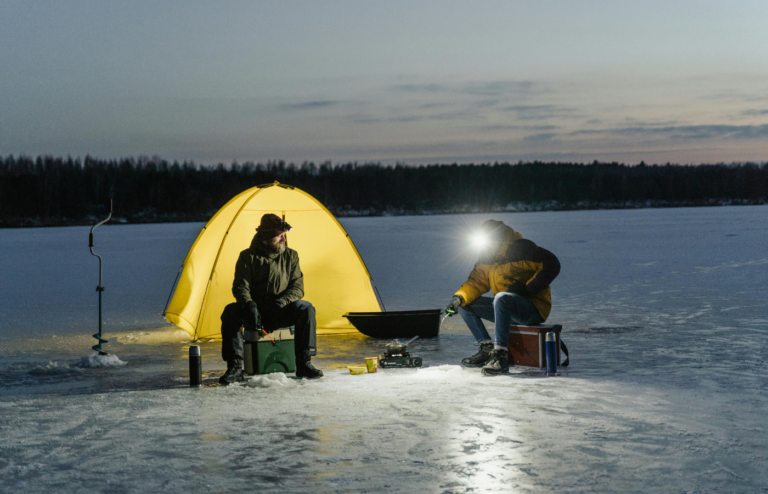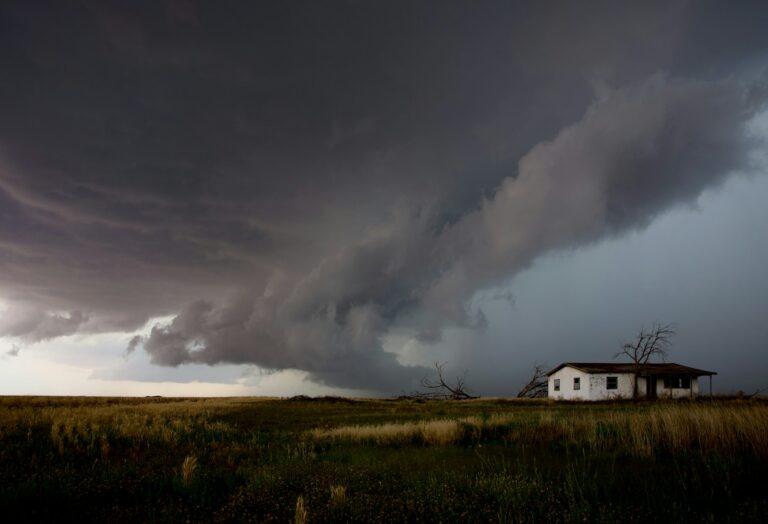Stocking up on food is one of the smartest things a prepper can do. But it’s not as simple as filling your pantry and calling it a day. Mistakes here can cost you big—spoiled supplies, wasted money, and worse, an empty stomach when you need it most.
Here are 10 common food prepping mistakes you’ll want to avoid—and what to do instead to keep your stockpile strong, safe, and ready when it counts.
1. Not Rotating Your Food Supply
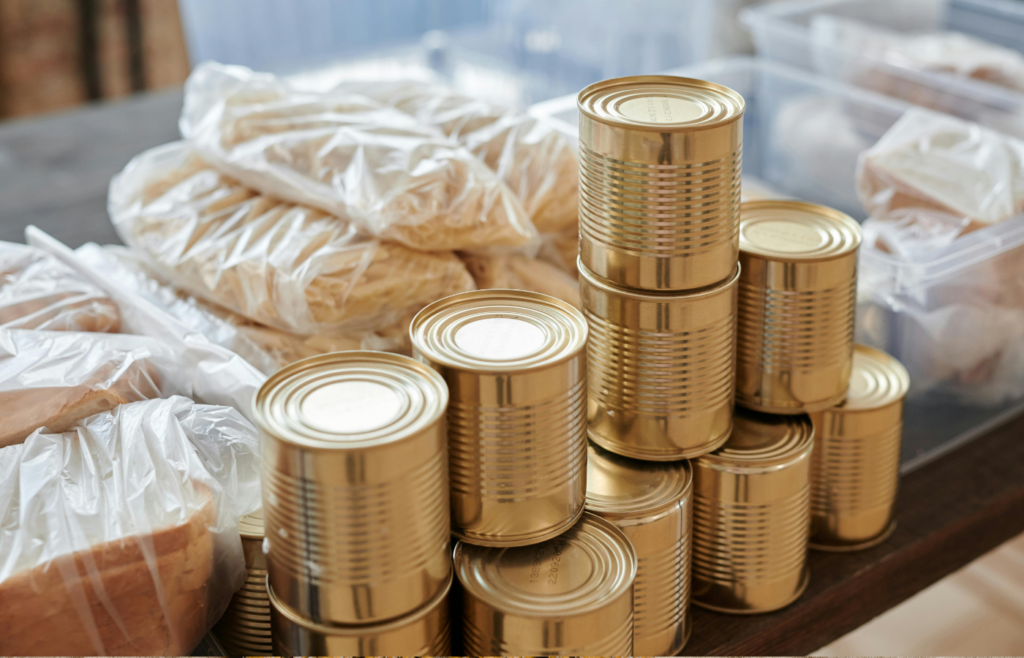
First in, first out. That’s the rule. If you forget to rotate your stockpile, food goes bad before you ever touch it. You lose money—and potentially your backup meal plan.
Label everything with purchase or expiration dates and put newer items behind older ones. Use what you store, and store what you eat.
2. Ignoring Nutrition
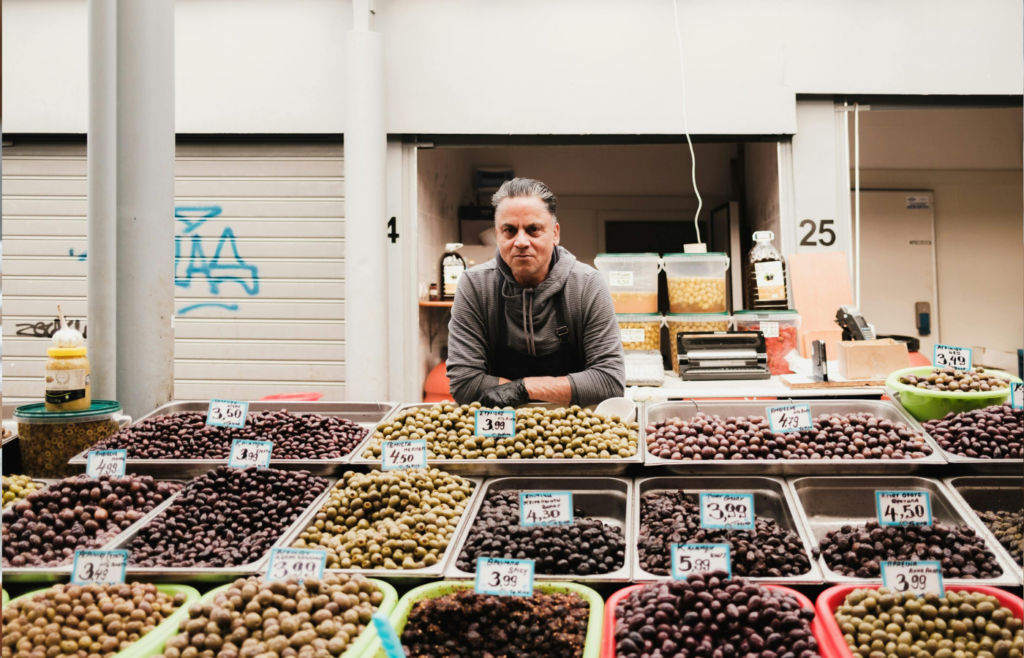
Mac and cheese won’t cut it long-term. A proper food stash needs more than just calories—it needs vitamins, protein, fiber, and fats.
Mix it up with rice, beans, canned meats, dried fruits, shelf-stable veggies, and multivitamins. Don’t just survive—stay strong and healthy.
3. Storing Everything in the Wrong Place
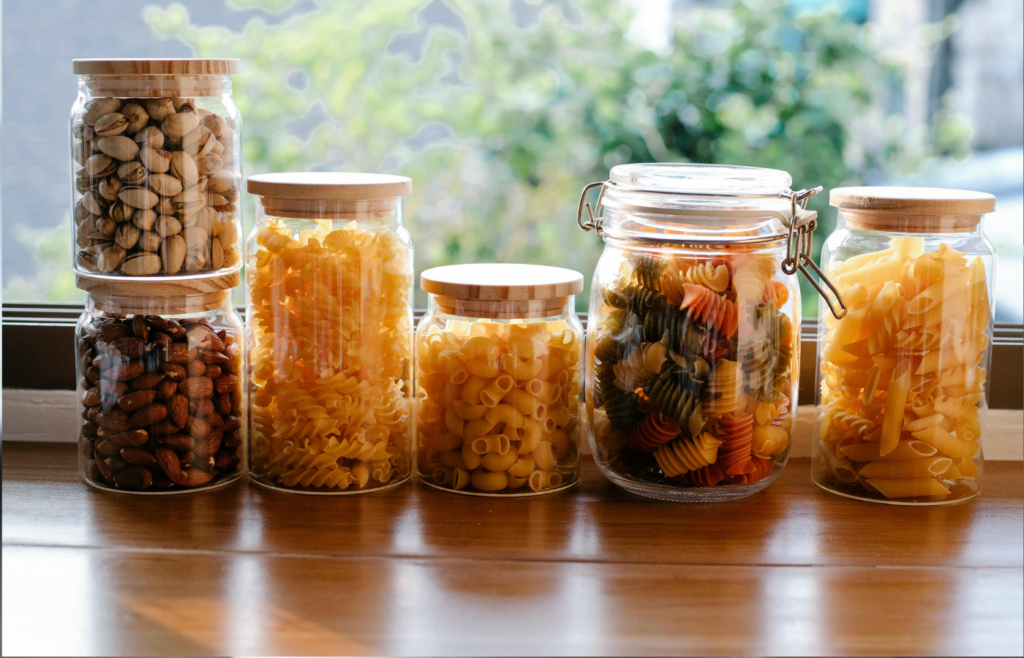
Heat, moisture, and light are enemies of shelf life. That bucket of oats won’t last long if it’s baking in your garage all summer.
Store food in a cool, dark, and dry place. Airtight containers, oxygen absorbers, and vacuum sealing can make your stash last years longer.
4. Forgetting a Manual Can Opener
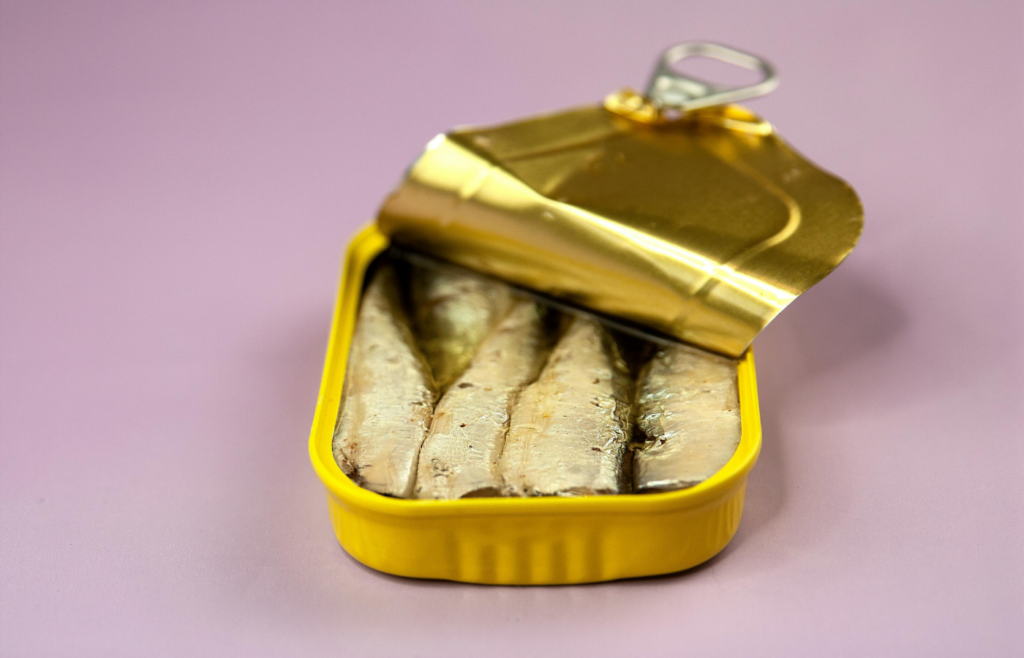
All the canned food in the world won’t help if you can’t open it. Don’t rely on electric openers during power outages.
Keep a couple of manual openers around—and test them from time to time to make sure they’re not rusted or broken.
5. Overlooking Cooking Methods
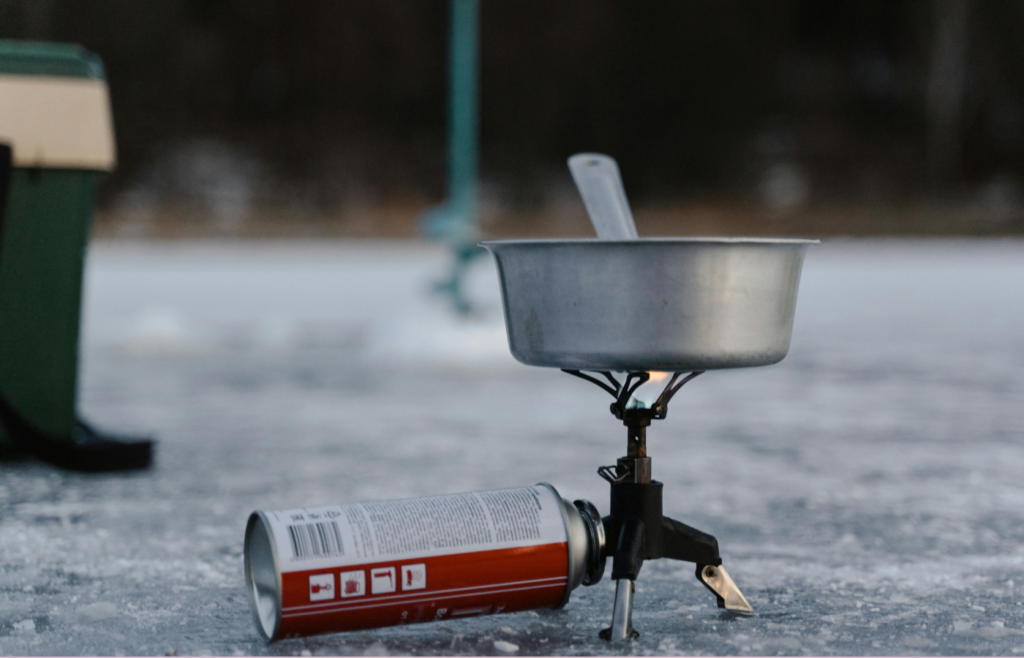
You’ve got the food, but how are you going to cook it when the power’s out? Without a backup heat source, you might be stuck with cold beans and raw rice.
Invest in a camp stove, rocket stove, or solar oven. Stock fuel and learn how to use your gear before an emergency hits.
6. Relying Too Much on the Freezer
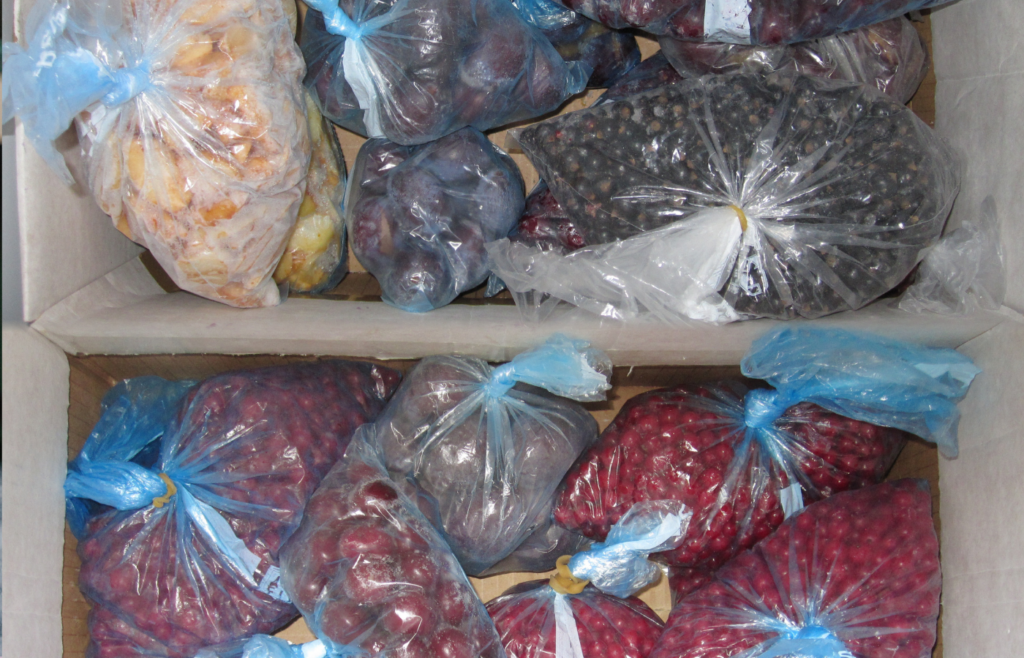
Frozen food is great—until the power goes out. Don’t put all your prepping into one giant deep freeze unless you’ve got a backup power source to keep it running.
Balance your storage between frozen, dry, canned, and dehydrated items. Flexibility is key when conditions change fast.
7. Not Storing Enough Water for Cooking
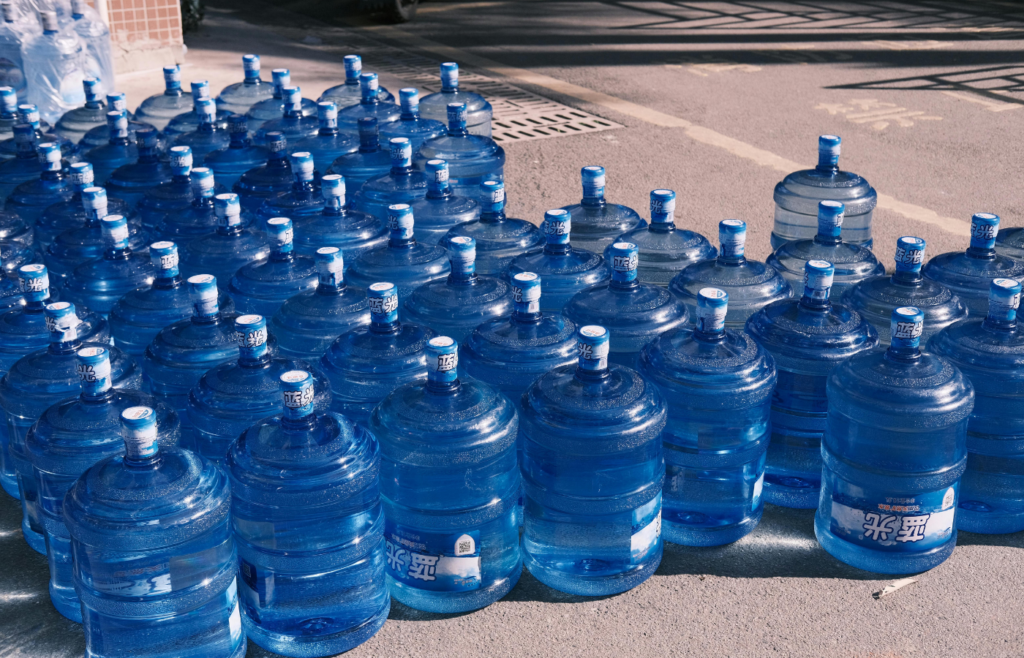
Many shelf-stable meals still need water—pasta, rice, oatmeal, soup mixes. And if you haven’t factored that into your water supply, you’re in trouble.
Plan for at least one gallon of water per person, per day—and don’t forget cooking and cleaning needs. Water is as critical as food.
8. Stashing Foods Your Family Won’t Eat
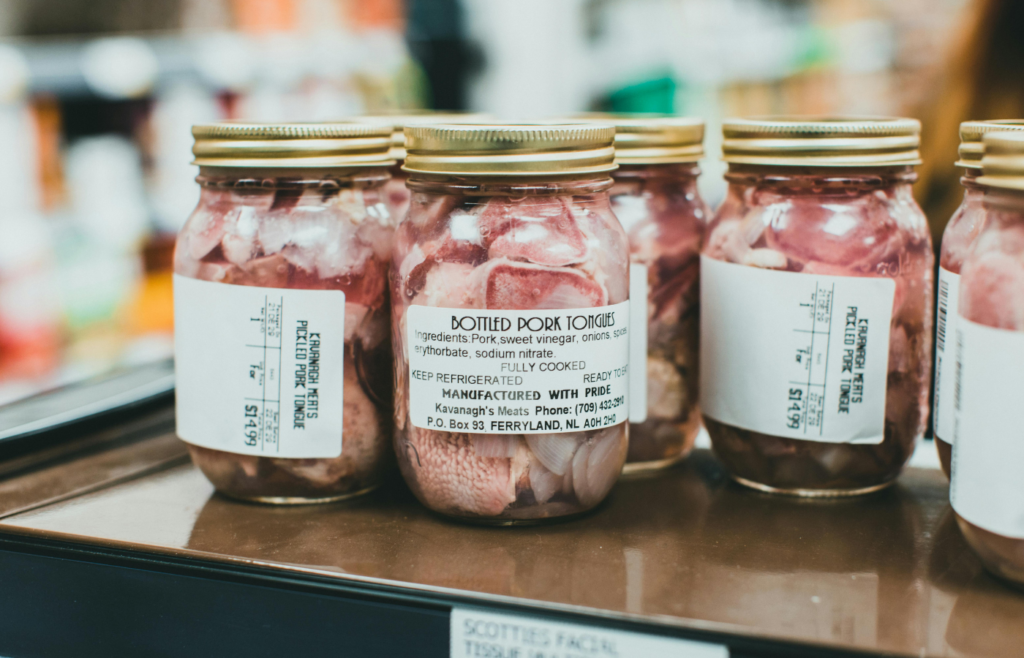
Buying food your family won’t touch is a waste. When times are hard, familiar meals can bring comfort. Strange, bland, or unfamiliar food just adds stress.
Test meals now. Build your stockpile around what your household actually eats. That includes snacks and seasonings, too.
Read More: Top 10 Reasons More People Are Quietly Becoming Preppers
9. Not Having a Meal Plan

A pile of random cans won’t get you far if you don’t know how to turn them into meals. Without a plan, you risk wasting supplies or running out of essentials.
Make a list of simple recipes using only your shelf-stable foods. Print it out or keep a binder with cooking instructions and portion plans.
Read More: Top 10 Survival Gear Items That Are Surprisingly Affordable
10. Forgetting to Prepare for Pests
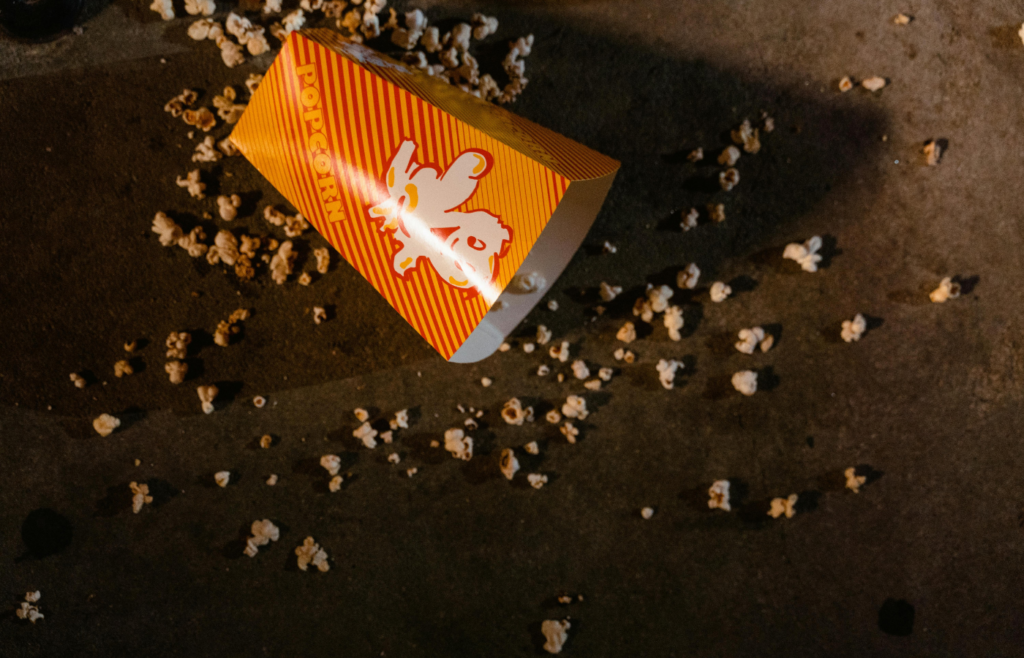
Mice, bugs, and moisture can destroy food in no time. Cardboard boxes and thin plastic bags are no match for determined pests.
Use food-grade buckets, mylar bags, and sealed containers to protect your stash. Store food off the floor and inspect it regularly for signs of damage.
Food prepping isn’t just about what you buy—it’s about how you store it, how you plan to use it, and whether you’re ready to rely on it when it matters most. Skip these common mistakes, and your pantry will be a powerful tool in any emergency.
Read More: Top 10 Secret Spots in Your House to Store Emergency Food

